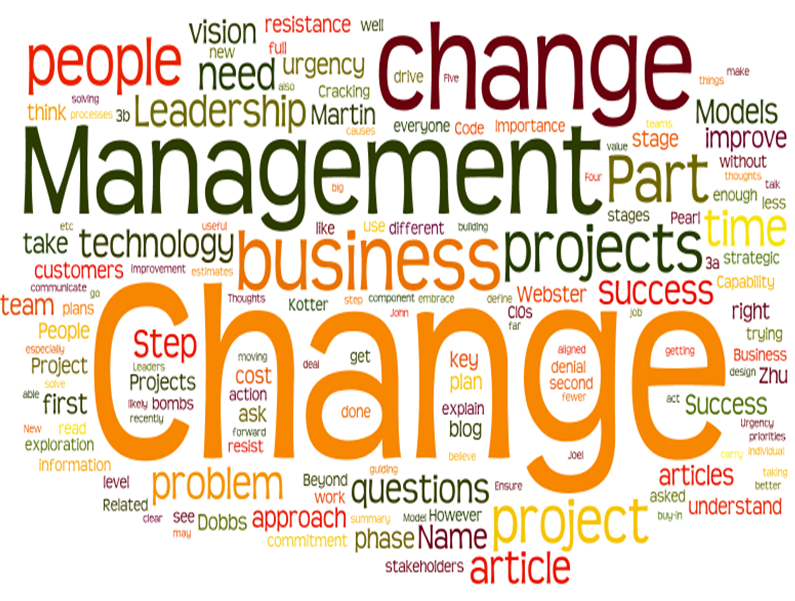"That's Not The Way We've Always Done It"
It is amazing to me how easy it is to fall into this trap. Whether it is a longstanding tradition within an agency or simply a mindset that we as leaders bring with us into a new position. There are times where we fall back into old habits. Habits that may be good, or may be toxic.
New Years resolutions are a perfect example of this phenomenon as we make grand plans to change the way we are doing something, whether it is personal or professional. We take one day a year to mark a new beginning to some process in our life, because - that's the way we've always done it. Every year. Same thing.
What would it be worth to you personally to break the cycle, and make change a part of your daily routine? What if you could take charge of those things that linger in your life and remove them as barriers, turning them into stepping stones to new heights? What if the idea of change was exciting instead of terrifying?
I believe it is possible and that it can be done with only two small realizations. After hearing experts talk on the topic, achieving Project Management certification, and delivering successful change in multiple organizations, here is my simplified breakdown.
New Years resolutions are a perfect example of this phenomenon as we make grand plans to change the way we are doing something, whether it is personal or professional. We take one day a year to mark a new beginning to some process in our life, because - that's the way we've always done it. Every year. Same thing.
 |
| wordle.net |
What would it be worth to you personally to break the cycle, and make change a part of your daily routine? What if you could take charge of those things that linger in your life and remove them as barriers, turning them into stepping stones to new heights? What if the idea of change was exciting instead of terrifying?
I believe it is possible and that it can be done with only two small realizations. After hearing experts talk on the topic, achieving Project Management certification, and delivering successful change in multiple organizations, here is my simplified breakdown.
1. Change is continuous, get on board.
Far too often we fall into the trap that change is some big monster that we need to tackle at the beginning of the year, the reporting cycle, or when we start a new project. The perfect opportunity to impress the senior stakeholders and shake up the world, producing some new fabulous process that will revolutionize our industry/business, right? No.
The time to impress by leading with creative thinking and process improvement ideas is right now. There will never be a better opportunity than today to look around for some little piece of the process that can be improved. Tomorrow will be just as good, but it will be different, so take today's opportunity. Run with it. Even if it is small and seems insignificant, 365 insignificant little ideas and improvements will make a heroic impact when reviewed at the end of the year. Years of those little changes make a legend in any industry or organization.
2. Process changes affect goals; goals affect process changes.
Seems simple right? If I change my goal, the process used to get to the goal should change as well. Far too often this is not the case. Goals change in the organization, but the daily process flow stays the same. Somehow we think that the "way we've always done it" will continue to work. Maybe we don't think at all, maybe we are so numb that we are blindly following (or leading) a mundane process and never stopped to consider how the goals changed and we are no longer on track for success.
Living our lives on autopilot when destinations change can be catastrophic. Doing things the way they've always been done will not help us get to a new destination, it will only result in our project, business, or career becoming far off track and seemingly out of control.
Continuously improving processes is great. Matching those processes to the current goals is critical. Similarly, if we find a great new process improvement along the way, it can significantly change the goals that are within reach. If we can produce widgets twice as fast today as we could last year, our goal may become increasing sales of widgets to maximize revenue rather than cutting costs of widget production. Knowing and tracking the impacts is crucial to the success of any process improvement plan.
This year, rather than making grand plans on the great new things that we will implement on one day, why don't we all take a step back and look at doing things a little bit different every day, all the time. Put yourself out there and make little changes more often, and at the end of the year it almost certain you will be far ahead of anyone trying to alter the course of their history in one fell swoop.
Comments